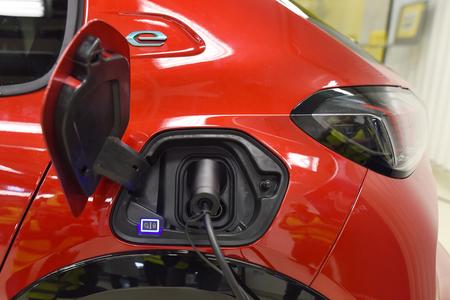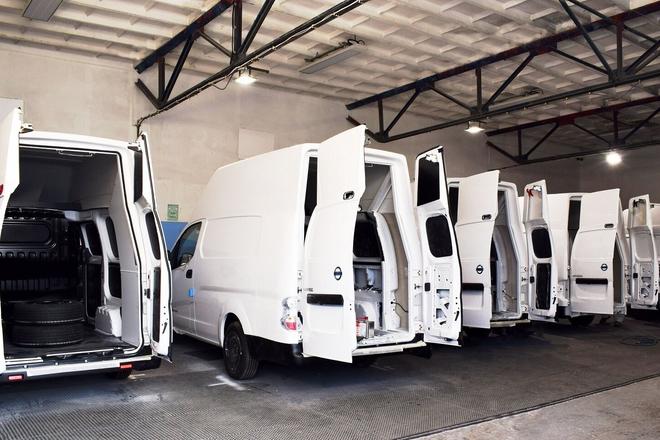Read in this article:
-how Voltia halved the price of its electric van
-why carmakers have not come up with a comparable vehicle
-why Voltia believes in e-mobility
-what challenges the COVID-19 pandemic present to e-mobility
It was a test ride in a Tesla car in 2009 that inspired two former financiers to shift their attention to electric cars and e-mobility. Juraj Ulehla and Peter Badík had been engaged in the development of solar power plants at that time.
“When sitting in the Tesla Roadster accelerating from 0 to 100 km/hr in about four seconds, we realised that the technology is already here and the business model is what needs to be found out,” said Uleha, co-founder and managing director at the Voltia company.

Since this time they have built up two successful companies – Voltia, which produces efficient electric vans, and Greenway, which builds and operates charging stations. Today Voltia vans converted from Nissan pick-ups produce zero emissions and deliver goods in large cities like Paris and London. The fact that more and more cities are planning to ban diesel cars is opening new business opportunities for them.
The market gap
Ulehla and Badík first had a closer look at the electric car market. Around 2010, carmakers firstly made fun of Tesla and then dashed to design their own model of an electric passenger car. Contrary to them the two Slovak partners chose light commercial vehicles up to 3.5 tonnes to focus on. This is the second strongest car segment in Europe after passenger cars, where each tenth vehicle sold is a light commercial car.

“While carmakers focused on luxurious electric cars, the segment of light commercial vehicle was somehow omitted at that time,” said Ulehla.
This segment is opposite the passenger vehicle segment.
“People choose passenger cars according to emotions, where they often primarily look at their design and the price is not so important; in the case of commercial vehicles the price is the most important parameter followed by technical parametres, while the design is a less important feature,” said Ulehla.



 Voltia vans in the production hall of Hollen. (source: Courtesy of Voltia)
Voltia vans in the production hall of Hollen. (source: Courtesy of Voltia)


